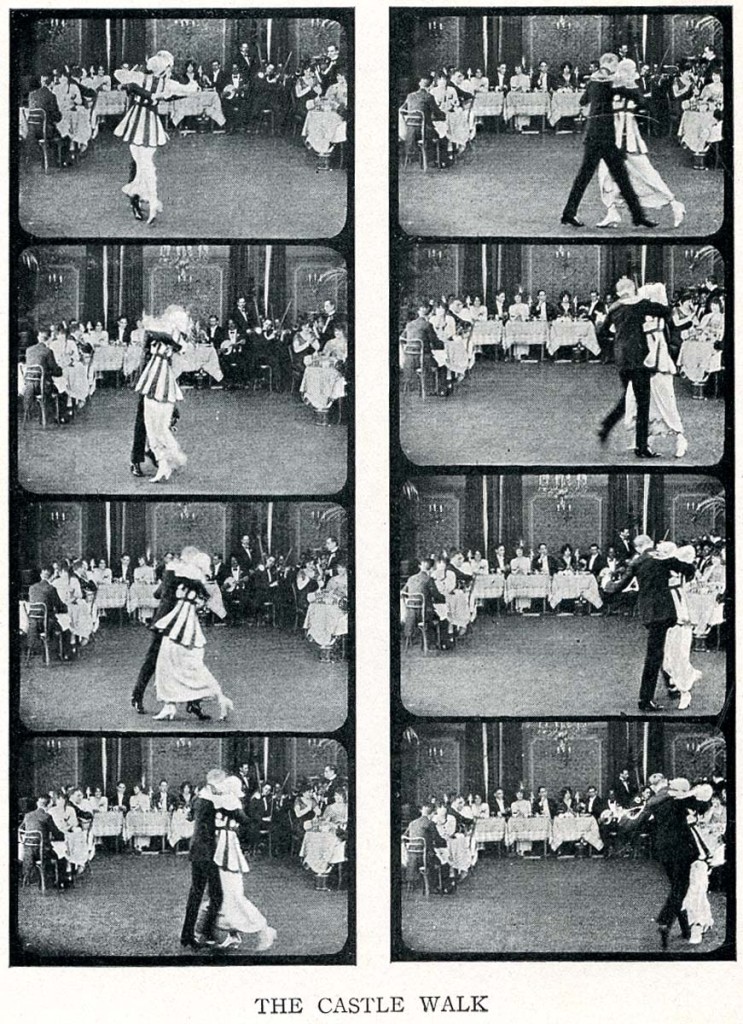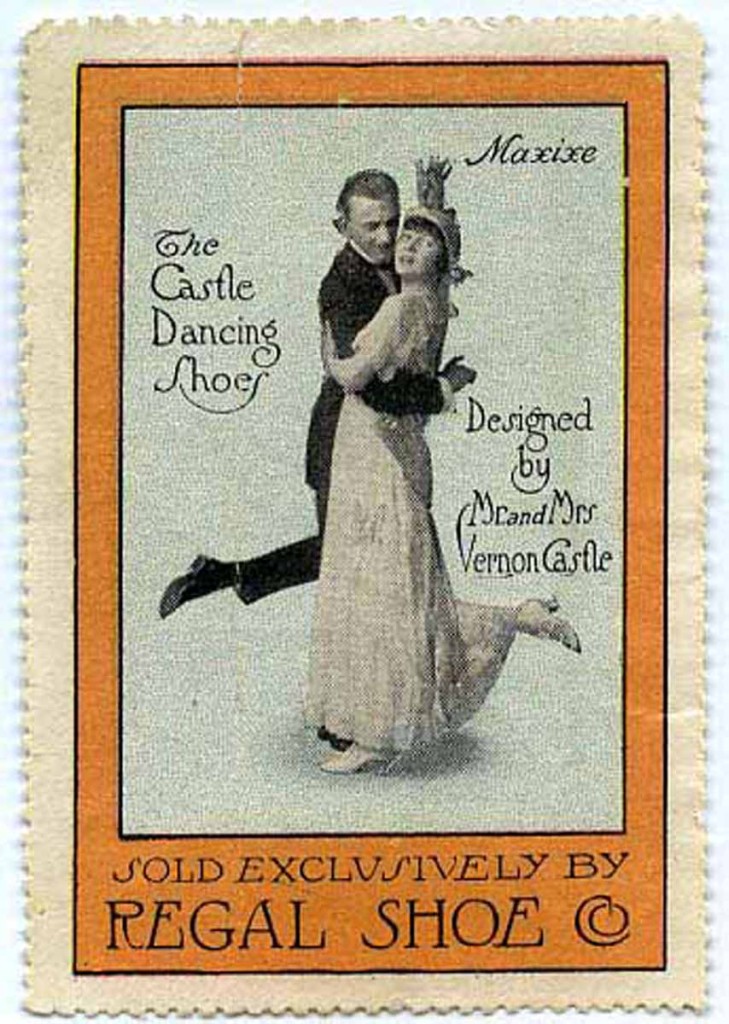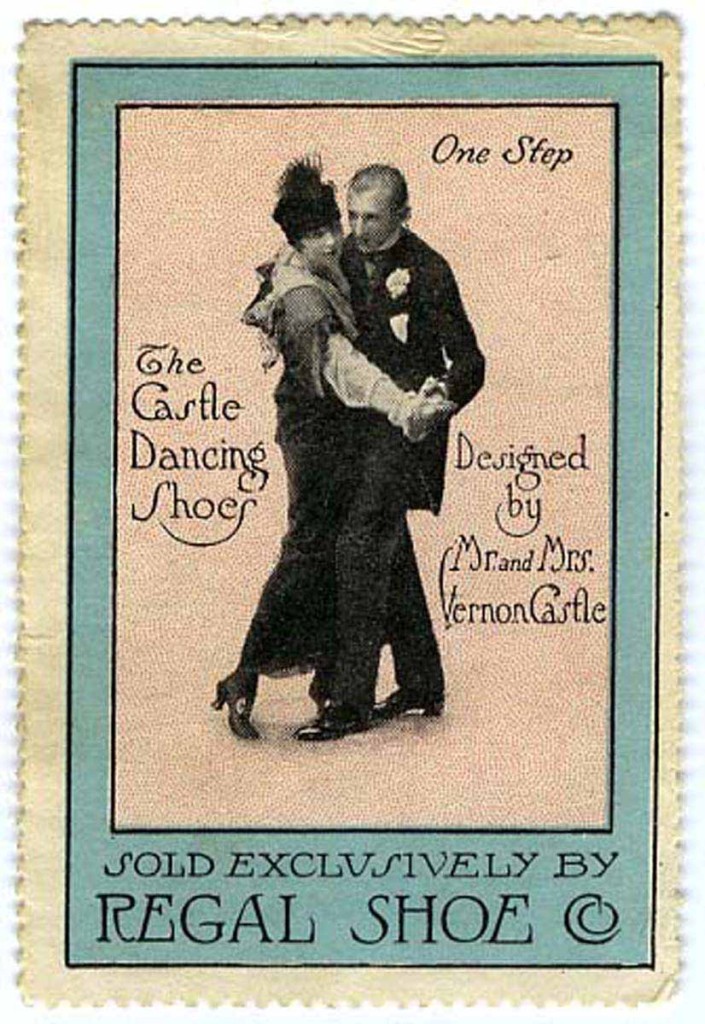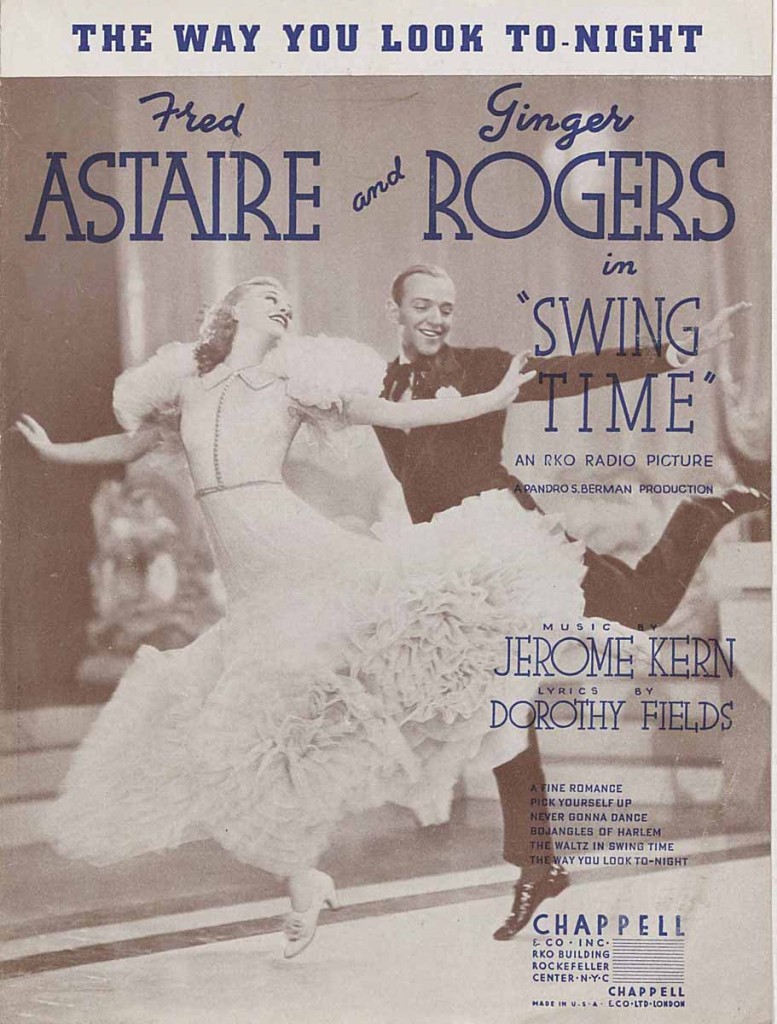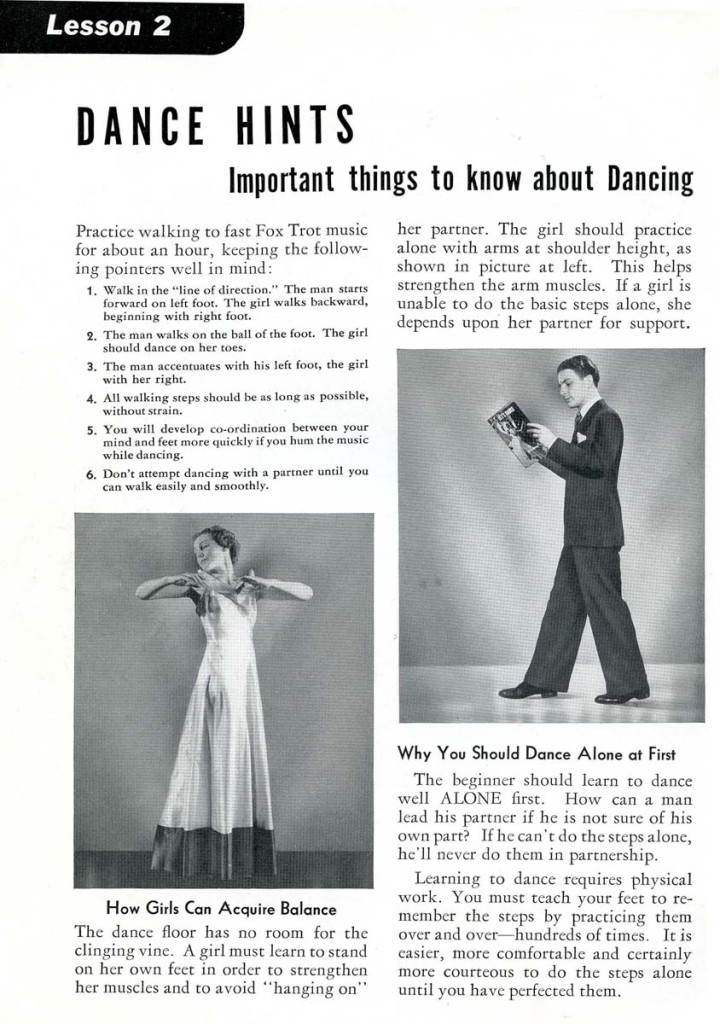Stars of Dance
Americans’ lives were dramatically transformed during the 1900s. Advances in transportation and communications, such as railroads, automobiles, and telephones, led to a faster pace of life. The syncopated rhythms of ragtime and jazz music influenced many original dances. Dancers moved with a sense of abandonment and release, symbolizing the recent freedoms of the twentieth century. New dances and rhythms developed constantly, a reflection of rapidly changing lifestyles, and disseminated quickly via international travel and immigration.
The emergence of new entertainment media created celebrities of dancers and dance instructors who transmitted knowledge of the latest dances through performances in nightclubs, theaters, dance halls, vaudeville shows, film and TV.
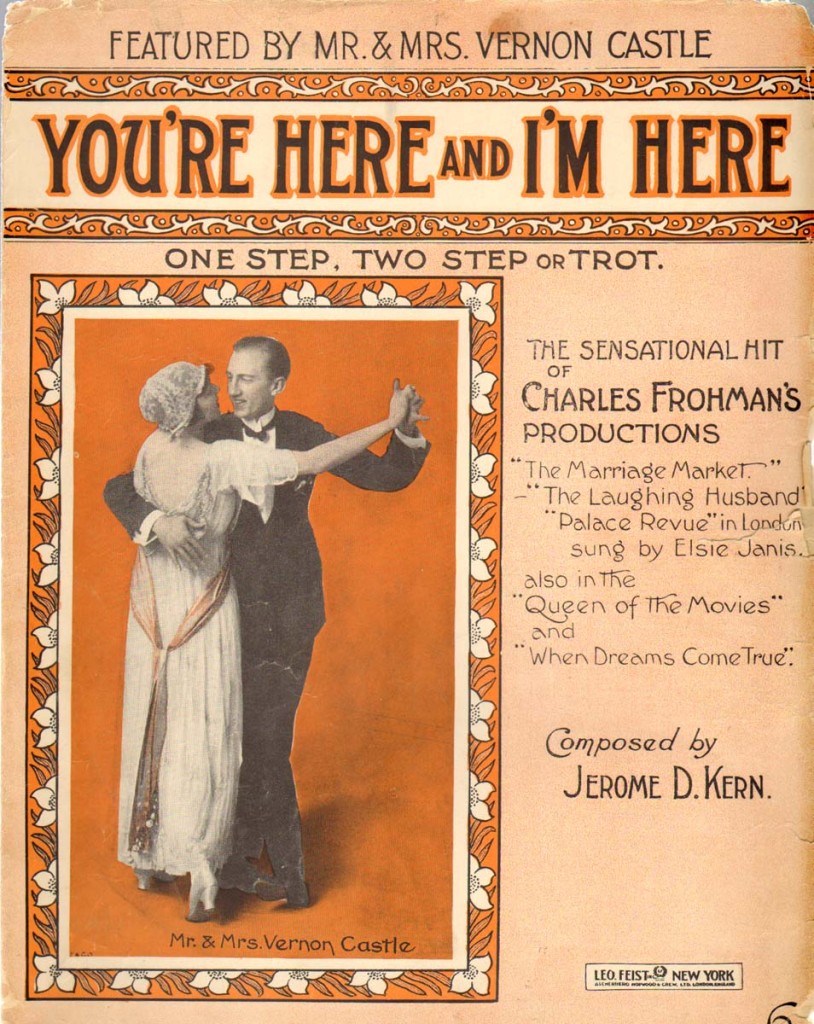 You’re Here and I’m Here
You’re Here and I’m Here
New York; New York: Leo Feist, 1914
06×122.487 Joseph Downs Collection of Manuscripts and Printed Ephemera, Winterthur Library
Professional dancers Irene and Vernon Castle burst onto the scene in the 1910s. They revived modern dancing by creating new ones merging the simple steps of early ragtime and jazz dances with the refined footwork of ballroom dances. They appeared in numerous Broadway productions.
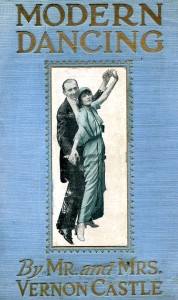 Modern Dancing
Modern Dancing
Mr. and Mrs. Vernon Castle
New York, New York: The World Syndicate Co., 1914
54-C-6-6 John and Carolyn Grossman Collection, Winterthur Library
In their bestselling book, the Castles used film stills to demonstrate dances as with their signature Castle Walk shown here. A variation of the One Step set to slower music, the Castle Walk was introduced in 1912 and helped to drive pupils to their dance studio Castle House which opened in 1914. The Castles stated in the introduction that “dancing is not only a rejuvenator of good health and spirits, but a means of preserving youth, prolonging life, and acquiring grace, elegance and beauty.”
Poster stamps (One Step and Maxixe)
Regal Shoe Co.
Boston, Massachusetts; about 1914
03×165.26, 04×53.10 Joseph Downs Collection of Manuscripts and Printed Ephemera, Winterthur Library
In addition to performing in movies and plays, teaching dance, and writing dance manuals, the Castles also marketed their own line of dancing shoes, as shown in these postage-size advertisements.
The One Step, danced to ragtime music, was easy to learn while the Maxixe, also known as the Brazilian tango, was more of an exhibition dance.
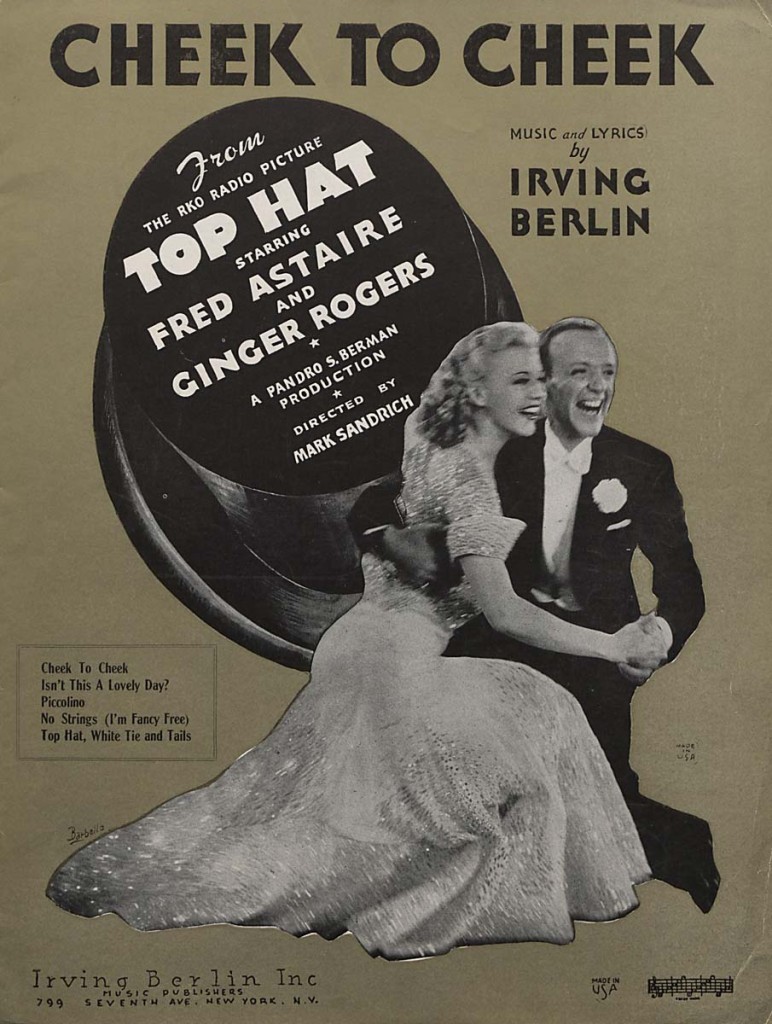 The Way You Look To-night
The Way You Look To-night
New York, New York: Chappell & Co., 1936
RW47 Winterthur Archives, Winterthur Library
Cheek to Cheek
New York, New York: Irving Berlin Inc., 1935
RW49 Winterthur Archives, Winterthur Library
Fred Astaire and Ginger Rogers both began their careers in vaudeville. Paired together in 1930s movie musicals, they danced to the strong rhythms of swing music derived from jazz and into the hearts of Depression-era audiences. In contrast to the huge dance productions in other films of the time, their intimate dances told the story of the two falling in love. In 1939 they portrayed the Castles in “The Story of Vernon and Irene Castle” – their last movie of the 1930s.
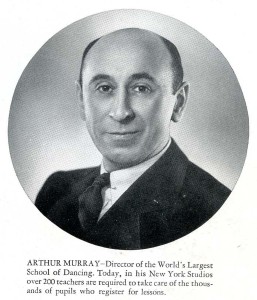 Let’s Dance
Let’s Dance
Arthur Murray
Standard Brands, Inc., about 1937
ZZ 102687 Saul Zalesch Collection of American Ephemera, Winterthur Library
Murray was a shy, socially awkward youth who turned to dance as a way to build confidence. He quickly progressed to teaching dance at age 17, soon studying under and later working for Irene and Vernon Castle. He revolutionized dance instruction in the 1920s with his mail-order classes complete with footprint diagrams.
 In 1925, Murray married his dance partner Kathryn Kohnfelder. The two opened dance schools when the mail order business declined. The schools became so popular that the Murrays franchised them starting in 1938; they continue today with over 260 locations in 21 countries. Expanding beyond the classroom, their TV show “The Arthur Murray Party” ran from 1950 to 1960. Officially retiring in 1964, the pair continued making appearances and were guests on the TV syndicated show “Dance Fever” in the late 1970s.
In 1925, Murray married his dance partner Kathryn Kohnfelder. The two opened dance schools when the mail order business declined. The schools became so popular that the Murrays franchised them starting in 1938; they continue today with over 260 locations in 21 countries. Expanding beyond the classroom, their TV show “The Arthur Murray Party” ran from 1950 to 1960. Officially retiring in 1964, the pair continued making appearances and were guests on the TV syndicated show “Dance Fever” in the late 1970s.


